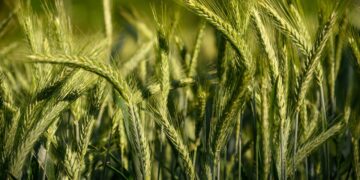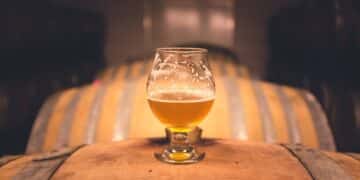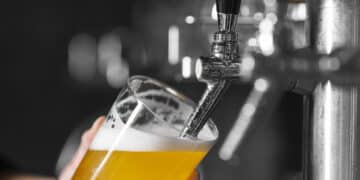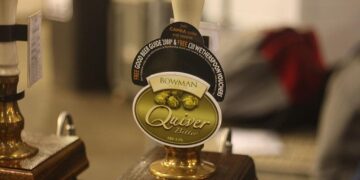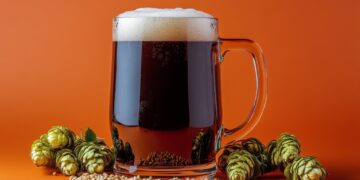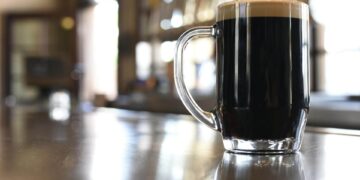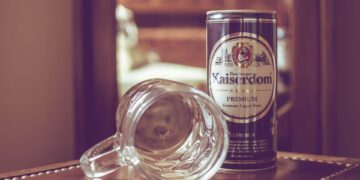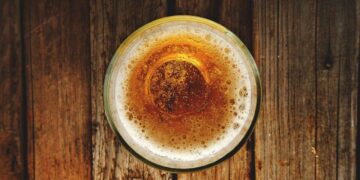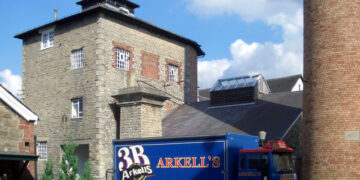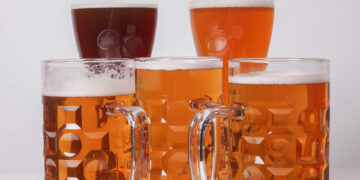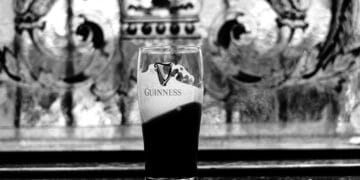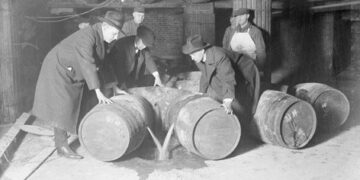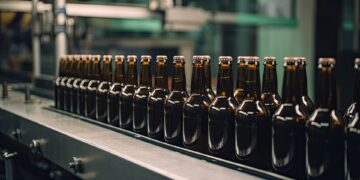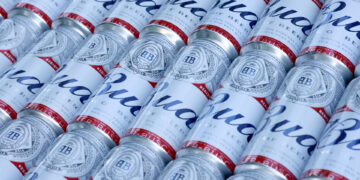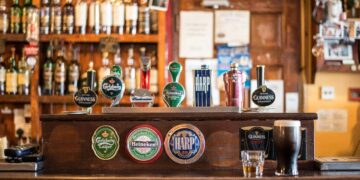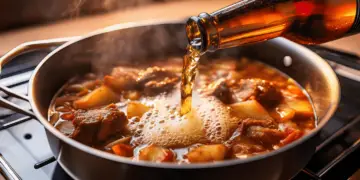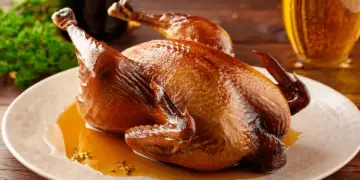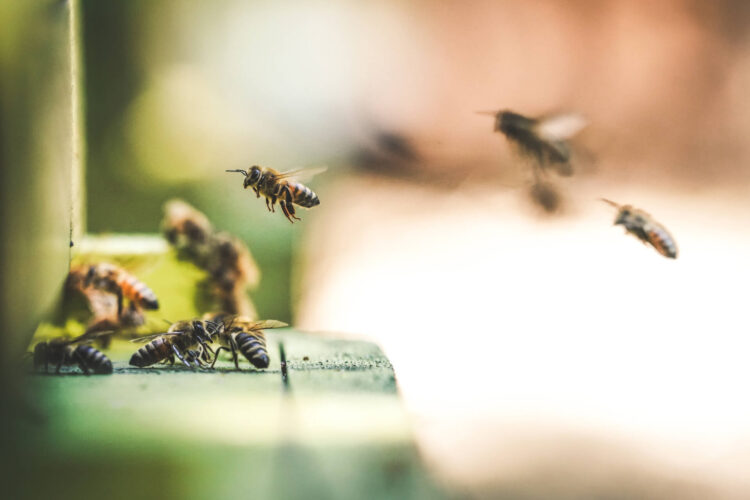Brewing honey beer is an excellent way to combine the two passions of home brew and bee keeping. Your raw sweet nectar fresh from the hive will offer a distinctive ingredient that will add its own colour, aroma, rounding effect and flavour to the final brew. What’s more being a versatile substance it can lend its character to an assortment of different brews from pale ales and light lagers to cream stouts and nut brown ales, thereby providing no end of brewing fun and adventure.
Honey is a fairly common ingredient in specialist beer production but, as you say, usually only as a sugar, to boost the alcoholic content whilst lightening the body. The benefit of honey over sugar is that it also smoothes out the roughness that comes with adding sugar producing a more rounded body, as well as an added touch of sweetness.
The downside to using honey this way is that most of its delicious flavour and aroma is fermented out completely. If you want to retain the honey character then you have to treat it like a flavour additive rather than a fermenting sugar.
To use honey to achieve a sweeter, more aromatic and flavoursome brew, as opposed to a headier one, it is necessary to add it to the boil very late in the fermentation process. The high temperatures involved in fermentation is fine for raising the alcohol level but deadly to the delicate flavours and aromas of your honey.
As your honey is not filtered and sanitised like commercial honey but fresh from the hive, it is advisable to add it to boil for the final few minutes of the primary fermentation phase so as to kill off any disruptive bugs.
For a more effective final result many brewers recommend heat-treating and diluting the honey before adding it. This method of pasteurisation can be carried out by following these basic steps:
- Preheat the oven to 80°C.
- Put the honey in an oven-proof pan and heat it up on the stove to a temperature of 80°C.
- Once the honey reaches 80°C, cover the pan and put it in the oven.
- Keep the honey in the oven for two and half hours, maintaining a temperature of between 80°C with the aid of a thermometer.
- Put the honey in an ice bath to bring the temperature back down to room.
- Dilute the honey in pre-boiled water to match the gravity of your wort.
- Cool and add to the fermenting beer at the high kraeusen stage (when the yeast activity is at its peak) or alternatively when the wort has cooled to 80°C.
This method will not only disinfect the raw honey but also denature its amylase enzymes, which will help prevent the final beer ending up too dry and thin.
Of course how strong the resultant honey flavour is will also depend on the amount you add. As a general rule, you should add no more than 500 grams to a standard 5 gallon batch.
With all this in mind, why not try this basic honey beer recipe to get you going:
25L batch Target OG 1044 EBU 35
3900gm Pale Malt (MO) 82.6% 70gm Crystal Malt 1.5% 750gm Honey 15.9% 40gm Fuggles [AA 4.50%] (90 min) 19.1 IBU 65gm Styrian Goldings [AA 2.00%] (90 min) 13.8 IBU 25gm Styrian Goldings [AA 2.00%] (10 min) 1.8 IBU



